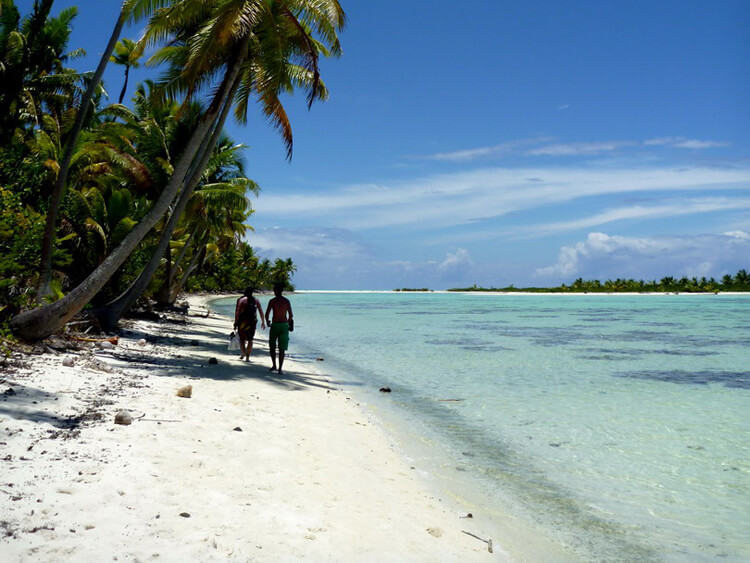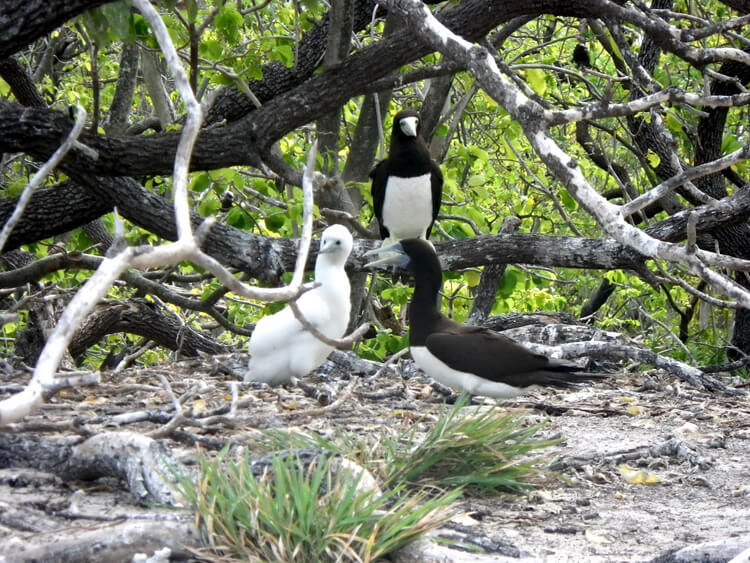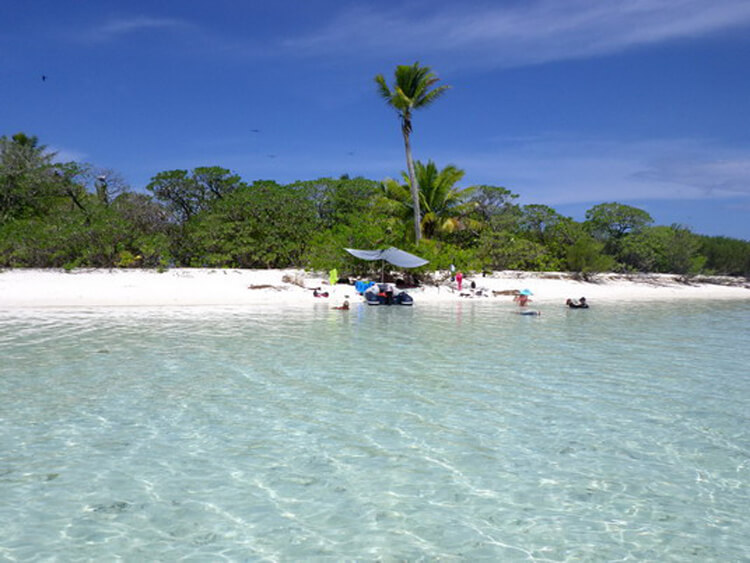 |
History
The atoll of Tetiaroa holds a special place in the hearts of the people of French Polynesia. It has become almost a “sacred spot” for the people.In historic times, Tetiaroa belonged to the Pomare family, rulers of Tahiti. The royal family placed Tetiaroa in the care of faithful retainers who managed it and lived there. Members of the royal family spent time on Tetiaroa when they needed quiet time and relaxation. The female members of the family are said to have gone there to eat (gain weight) and stay out of the sun (have their skin lighten up) “for the purposes of beautifying their person.” According to legend, in times of trouble the King placed his treasures there for safekeeping. In 1789, William Bligh is said to have been the first European to visit the atoll while looking for early mutineers prior to the departure of the HMS Bounty which eventually suffered a full mutiny. In 1904, the royal family gave Tetiaroa to Dr. Johnston Walter Williams, the only dentist in Tahiti. Mr Williams later became Consul of England from 1916 to 1935. Dr. Williams managed Tetiaroa as a residence and a copra plantation.
In 1960, Marlon Brando “discovered” Tetiaroa while scouting filming locations for Mutiny on the Bounty, which was shot on Tahiti and neighboring Moorea. After filming was completed, Brando hired a local fisherman to ferry him to Teti’aroa. It was “more gorgeous than anything I had anticipated,” he marveled in his 1994 autobiography Songs My Mother Taught Me. |
 |
Brando eventually purchased Tetiaroa’s islets (motus) from one of Dr. Williams’ direct descendants, Mrs. Duran. The reef and lagoon belong to French Polynesia. (Mr. Williams and his wife are buried on motu Rimatuu). Brando purchased most of the atoll in 1966 for $200,000 and the other part in 1967 for $70,000. He had to overcome political interference and local resistance to purchase the atoll. Many important archaeological sites have been located, identified, and studied on Tetiaroa. Thus, the historical significance of Teti’aroa to the people and the government of French Polynesia continue to make future development and/or sale questionable at best.[3] Wanting to live on the atoll, Brando built a small village on Motu Onetahi in 1970. It consisted of an airstrip to get there without breaching the reef, 12 simple bungalows, a kitchen hut, dining hall and bar, all built from local materials – coconut wood, thatch roofs and even large sea shells for sinks. The village became a place for friends, family and scientists studying the atoll’s ecology and archeology. Eventually the village became a modest hotel managed by his Tahitian wife, Tarita Teriipaia, who had played his on-screen love in Mutiny on the Bounty. The hotel operated for more than 25 years, even after Brando left French Polynesia to return to Los Angeles. Many hotel guests lamented the lack of amenities normally found at an island resort.[4] In 1980, the famous maxi yacht S/Y Condor of Bermuda ran aground on the Onetahi reef, which caused it to be shipwrecked and written off by insurers. Purportedly, Brando and the owner of the yacht engaged in a brief bidding war for rights to the vessel’s polished mahogany hull (as reported by its owner in the New Zealand yachting magazine, Sail in 1981), which Brando, it is believed, wanted to use as a bar at a resort he planned to build on the island. The yacht was salvaged, and sent to New Zealand for repair.
In 2002, two years before the actor’s death, Brando signed a new will and trust agreement that left no instructions for Tetiaroa. Following his death in 2004, the executors of the estate granted development rights to Pacific Beachcomber SC, a Tahitian company that owns hotels throughout French Polynesia. Eventually the village became a modest hotel managed by his Tahitian wife, Tarita Teriipaia, who had played his on-screen love in Mutiny on the Bounty. The hotel operated for more than 25 years, even after Brando left French Polynesia to return to Los Angeles. Many hotel guests lamented the lack of amenities normally found at an island resort.[4] In 1980, the famous maxi yacht S/Y Condor of Bermuda ran aground on the Onetahi reef, which caused it to be shipwrecked and written off by insurers. Purportedly, Brando and the owner of the yacht engaged in a brief bidding war for rights to the vessel’s polished mahogany hull (as reported by its owner in the New Zealand yachting magazine, Sail in 1981), which Brando, it is believed, wanted to use as a bar at a resort he planned to build on the island. The yacht was salvaged, and sent to New Zealand for repair. |
 |
On august 1st 2014 Tahiti Voile & Lagon and Marlon Brando succession signed an agreement to prove their full support to the environmental protection in Tetiaroa and their partnership with the TETIAROA SOCIETY.
TETIAROA SOCIETY has 3 Key Principles Of Sustainable Interdependence :
Education
A range of experiential learning programs to provide students with a deeper understanding of sustainability in action, and an appreciation of local heritage.
Conservation
The monitoring, preservation and restoration programs related to the biodiversity and cultural heritage of Tetiaroa.
Creative Science
Our approach to discovering innovative means to protect and sustain the planet.
TAHITI VOILE & LAGON actively participates in the preservation of the atoll by collecting waste, brought back by the currents, on the beaches and in the lagoon; but also by taking care not to disturb the fauna during the tour of the bird island (the tour is done in peace, without stopping, without shouting, by walking in the lagoon).
|
 |
It is strictly forbidden to :
– to get inside the islets.
– to leave waste on the islets
– to destroy or damage vegetation
– to keep any natural element on the atoll (plants, shelves, coral, wood, sand….); – to keep any marine ressources from the lagoon. This is valid for any sort of fishing (angling, harpoon fishing, rod and reel fishing; – and for all the marine ressources (fishes, tortles, crab, lobster) inside the lagoon and on the reef All these bans in order to preserve the actual stock – to send any element which could have insect and ants.
REMINDER : There is no pass in Tetiaroa, so the landing is done by passing over the reef in inflatable tender, with the help of waves . This activity may expose you to risks (falling into the water, hitting the reef, loss of personal effects) that you accept without action against our company. |